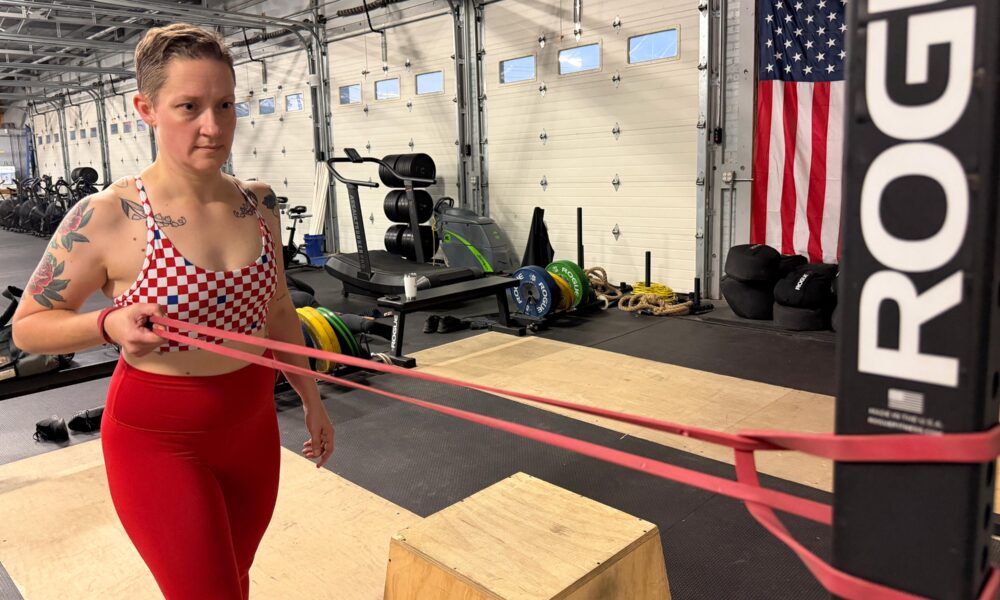As the use of personal devices continues to rise, many individuals are experiencing a condition known as “tech neck.” This term refers to the forward head posture that arises from frequently tilting the head downward while using smartphones, tablets, and laptops. According to physical therapist Patrick Suarez, based in Albany, New York, this common issue can lead to chronic pain and decreased mobility.
While instinct might suggest stretching the neck to alleviate discomfort, Suarez warns that this approach can exacerbate the problem. “When you lean forward to text or browse, you are overstretching the muscles in the back of your neck that connect to your shoulder blades and upper back,” he explains. Instead of stretching, he advocates for strengthening exercises designed to improve posture and overall neck health.
Understanding Tech Neck and Its Causes
Tech neck is not solely a result of smartphone use; regular activities such as driving can lead to similar postural issues. Suarez emphasizes the importance of maintaining proper seating posture in vehicles. “When you’re in the car, ensure that your back is fully against the seat, shoulders are back, and the back of your head is resting against the headrest,” he suggests. Adjusting mirrors to suit this position rather than repositioning oneself is also crucial for better posture.
Suarez acknowledges that maintaining ideal posture throughout the day is challenging, especially for individuals accustomed to poor alignment. “It’s unrealistic to expect someone to hold perfect posture all day,” he notes. Instead, he advises focusing on small, incremental improvements through targeted exercises.
Four Exercises to Alleviate Tech Neck
To combat the effects of tech neck, Suarez outlines four effective exercises that strengthen key muscle groups, including the trapezius and levator scapulae. These exercises aim to align the ears directly over the shoulders and enhance overall neck stability.
1. **Wall Angels**
This exercise promotes better posture and mobility. Stand with your back against a wall, ensuring your low back, shoulders, and head are in contact with it. With your arms bent at a 90-degree angle, slide your hands upward against the wall, then return to the starting position.
2. **Thoracic Spine Wall Rotation**
This movement enhances rotational mobility. In a half-kneeling position beside a wall, rotate your torso to touch the wall with both elbows, then return to the starting position. This exercise should be performed equally on both sides to maintain balance.
3. **Row Variations**
Strengthening the upper back is essential for better alignment. For the single-arm row, anchor an exercise band to a stable point and pull it towards your body, focusing on squeezing the back muscles. The high to low row variation targets the same muscle groups from a different angle.
4. **Prone I’s, T’s, and Y’s**
These exercises engage the muscles around the shoulder blades. Lying facedown on a stability ball, raise your arms into various positions (I, T, and Y shapes) while squeezing your shoulder blades together. This helps improve upper back extension and overall head posture.
By incorporating these exercises into daily routines, individuals can counteract the negative effects of tech neck. Regular practice not only enhances posture but can also alleviate pain around the base of the neck and shoulders.
In conclusion, addressing tech neck requires more than just occasional stretches. By focusing on strengthening the neck and upper back, individuals can work towards better alignment and reduced discomfort. As technology continues to play an integral role in daily life, prioritizing neck health has never been more essential.







